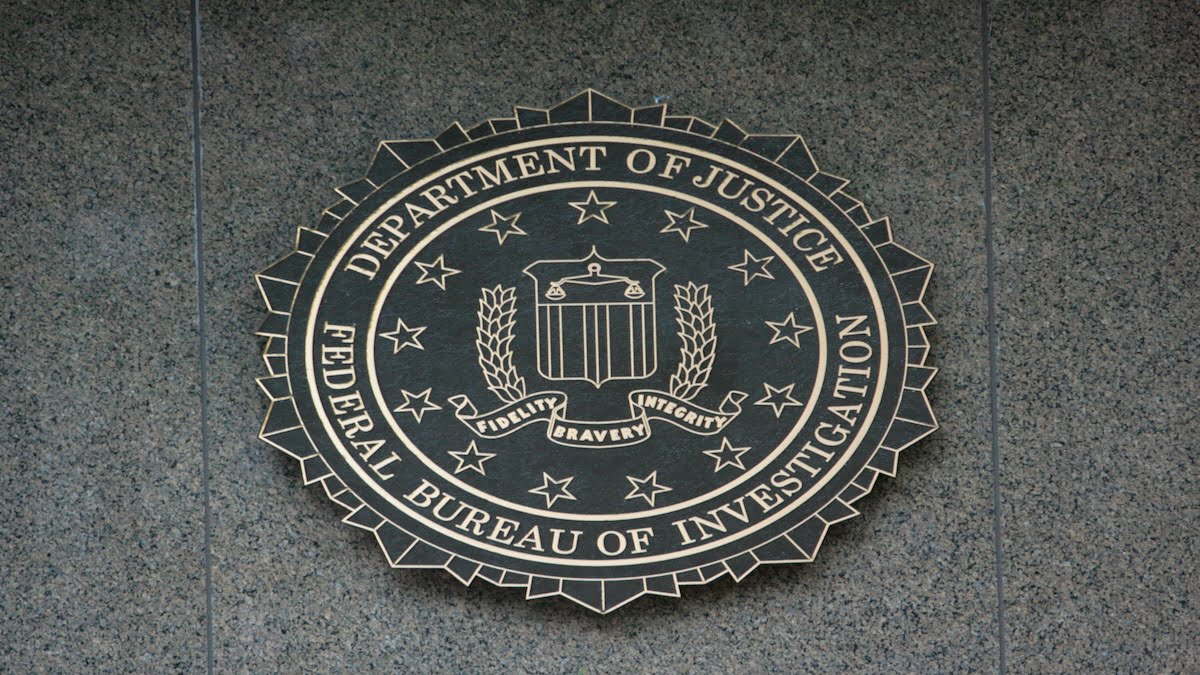NFT Recover by FBI : Stolen Funds in CluCoin Fraud

NFT recover initiatives by the FBI aim to return $1.14 million to victims of the CluCoin fraud. This groundbreaking approach marks the first time law enforcement has utilized NFTs to engage with and compensate fraud victims, highlighting innovative methods in addressing financial crimes and aiding recovery efforts. By employing NFTs, the FBI can securely communicate with victims and provide clear instructions on how to reclaim lost funds.
The use of NFTs allows the FBI to bypass traditional communication methods often exploited by cybercriminals. By embedding vital recovery information directly into the NFTs, the agency ensures that only legitimate victims can access the restitution process, significantly reducing the risk of further fraud. This targeted approach enhances the overall security of the recovery process.
As this initiative unfolds, it may set a precedent for other law enforcement agencies to adopt similar NFT recover strategies. The ability to verify identities and convey important information through NFTs could transform how agencies interact with victims of financial crimes.
Moreover, this innovative strategy demonstrates the potential for NFTs to serve as tools for accountability and transparency within the legal system. The CluCoin case serves as a significant example of how NFT recover initiatives can be integrated into law enforcement efforts, marking a new era in digital policing.
Using NFTs to Notify Victims
CluCoin fraud victims will receive notifications via NFTs that include instructions for reclaiming their stolen funds. The FBI uses NFTs to bypass traditional victim contact methods often exploited by cybercriminals. By embedding crucial recovery information within the NFTs, the FBI ensures that only rightful victims access the restitution process.
This innovative approach minimizes the risk of further fraud attempts. Cybercriminals frequently rely on phishing tactics to mislead victims, making secure communication essential. NFT recover initiatives provide a direct line of communication while maintaining security and authenticity.
The use of NFTs not only protects victims but also streamlines the recovery process. Each NFT will contain unique identifiers that verify the victim’s claim, making it more difficult for fraudsters to interfere. Overall, the FBI’s strategy represents a significant advancement in how law enforcement can utilize digital assets for effective fraud recovery. NFT recover methods highlight the potential of technology in enhancing victim support.
Emerging Trend of NFTs in Law Enforcement
This case could represent the beginning of a new trend for law enforcement, where NFTs are increasingly relied upon for various legal and government purposes. The secure and transparent nature of NFTs makes them an ideal tool for enhancing accountability and ensuring the integrity of legal transactions in the digital age. By utilizing blockchain technology, NFTs provide an immutable record that can be easily accessed and verified, reducing the likelihood of fraud.
Imagine a society in which NFTs are employed to securely verify identities, communicate claims of restitution, and manage legal documents. In this scenario, NFTs could streamline processes that typically involve significant paperwork and bureaucratic delays. For instance, when individuals need to prove their identity for legal matters, an NFT could serve as a digital identification credential, easily verifiable by authorities. This approach would not only increase efficiency but also enhance the security of personal information.
The FBI’s innovative strategy to assist CluCoin fraud victims could serve as a template for utilizing NFTs in both civil and criminal cases as the technology continues to mature. By embedding critical recovery information within NFTs, law enforcement can ensure that only the rightful victims are directed toward the restitution process. This targeted method helps prevent further fraud attempts, providing a layer of protection for individuals affected by cybercrime.

NFT recover initiatives could expand beyond victim notifications to include a broader array of applications in the legal system. For example, NFTs could be used to manage evidence in criminal investigations, offering a secure and transparent way to track the chain of custody for critical items. This would significantly reduce the potential for tampering or disputes over evidence, thus strengthening the integrity of the judicial process.
Furthermore, as governments begin to explore the potential of NFTs, there could be opportunities for their application in property rights and ownership verification. NFTs can act as digital certificates of ownership for real estate and other valuable assets, simplifying transactions and reducing the need for intermediaries. This could lead to faster transactions and lower costs for all parties involved.
Overall, the integration of NFTs into various legal and government functions could revolutionize how we approach accountability and transparency in the digital era. The CluCoin fraud case illustrates the potential for NFTs to become a fundamental tool in enhancing the efficacy and reliability of legal processes, paving the way for a future where digital assets play a pivotal role in law enforcement and public governance.
Implications for Regulatory Frameworks
The increasing application of NFTs in law enforcement is prompting regulators to step in and ensure the proper governance of these digital assets. Currently, NFTs exist in a largely unregulated space, with rules that vary widely by jurisdiction. As law enforcement agencies begin to utilize NFTs in their investigations, the need for standardized regulatory frameworks becomes even more pronounced. This lack of regulation raises concerns about the potential for misuse and the rights of victims, making it essential for lawmakers to establish clear guidelines that protect all parties involved.
This development may also foster collaborations between government institutions and blockchain platforms. Agencies that enforce the law may need to partner closely with regulatory authorities to create policies that safeguard both the victims of financial crimes and their digital assets. By establishing robust frameworks, stakeholders can better address issues related to identity verification, asset recovery, and victim support.
The CluCoin case exemplifies the innovative use of crypto assets like NFTs in contemporary law enforcement. By utilizing NFTs to recover funds stolen from CluCoin investors, the FBI demonstrated that NFT technology can become a cornerstone of digital policing in the crypto world. The ability to embed critical recovery information within NFTs allows law enforcement to reach victims directly and securely, minimizing the risk of further fraud. This approach not only enhances the recovery process but also reinforces the integrity of the information being shared.

As NFTs mature, they might become a hallmark of digital law enforcement. The technology can provide a secure, transparent means of documenting transactions and claims, which is crucial in an era where cybercrime is on the rise. NFT recover initiatives could extend beyond victim notifications to include various applications within the legal framework, such as tracking evidence in criminal investigations or verifying ownership of digital and physical assets.
Moreover, the potential for NFT recover applications in intellectual property rights is substantial. NFTs can serve as proof of ownership for creative works, helping to protect artists and creators from unauthorized use. As these technologies evolve, the integration of NFTs into legal frameworks could revolutionize the way intellectual property is managed and enforced.
In summary, the intersection of NFTs and law enforcement represents a promising frontier that demands attention from regulators and law enforcement agencies alike. By developing standardized frameworks and promoting collaboration with blockchain platforms, stakeholders can ensure that NFT recover initiatives are effective and beneficial for victims, ultimately paving the way for a more secure digital landscape.


